
Scilla is a genus of about 30 to 80 species of bulb-forming perennial herbaceous plants in the family Asparagaceae, subfamily Scilloideae. Sometimes called the squills in English, they are native to woodlands, subalpine meadows, and seashores throughout Europe, Africa and the Middle East. A few species are also naturalized in Australasia and North America. Their flowers are usually blue, but white, pink, and purple types are known; most flower in early spring, but a few are autumn-flowering. Several Scilla species are valued as ornamental garden plants.

Edward Tuckerman was an American botanist and professor who made significant contributions to the study of lichens and other alpine plants. He was a founding member of the Natural History Society of Boston and most of his career was spent at Amherst College. He did the majority of his collecting on the slopes of Mount Washington in the White Mountains of New Hampshire. Tuckerman Ravine was named in his honor. The standard botanical author abbreviation Tuck. is applied to species he described.

Joseph Marie Henry Alfred Perrier de la Bâthie was a French botanist who specialized in the plants of Madagascar.

Diederich Franz Leonhard von Schlechtendal was a German botanist. The standard author abbreviation Schltdl. is used to indicate this person as the author when citing a botanical name.
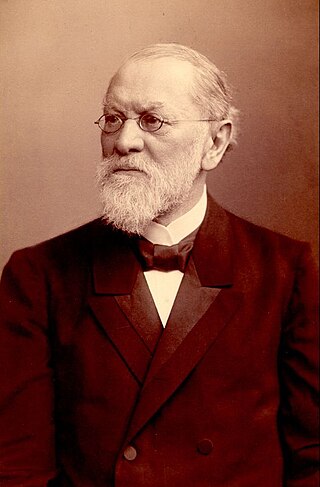
Nathanael Pringsheim was a German botanist.
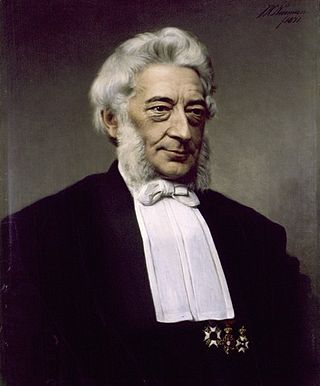
Friedrich Anton Wilhelm Miquel was a Dutch botanist, whose main focus of study was on the flora of the Dutch East Indies.
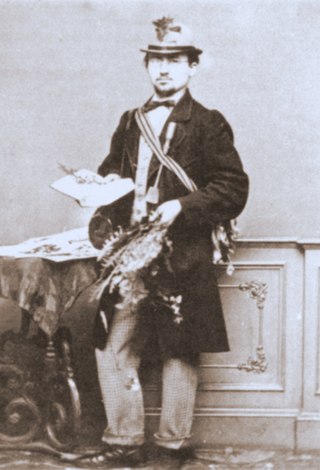
Carl Ernst Otto Kuntze was a German botanist.
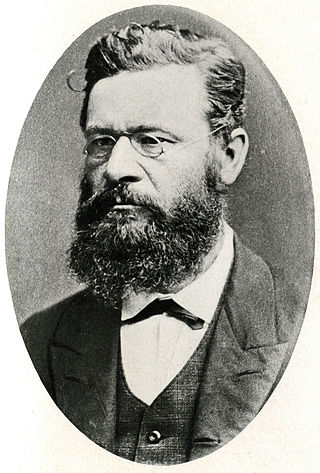
Petter Adolf Karsten was a Finnish mycologist, the foremost expert on the fungi of Finland in his day, and known in consequence as the "father of Finnish mycology".

Philippe Édouard Léon Van Tieghem was a French botanist born in Baillleul in the département of Nord. He was one of the best known French botanists of the latter nineteenth century.

Paul Kummer was a minister, teacher, and scientist in Zerbst, Germany, known chiefly for his contribution to mycological nomenclature. Earlier classification of agarics by pioneering fungal taxonomist Elias Magnus Fries designated only a very small number of genera, with most species falling into Agaricus. These few genera were divided into many tribus. In his 1871 work, Der Führer in die Pilzkunde, Kummer raised the majority of Fries "tribus" to the status of genus, thereby establishing many of the generic names for agarics that are in use to this day.
Leslie Pedley was an Australian botanist who specialised in the genus Acacia. He is notable for bringing into use the generic name Racosperma, creating a split in the genus, which required some 900 Australian species to be renamed, because the type species of Acacia, Acacia nilotica, now Vachellia nilotica, had a different lineage from the Australian wattles. However, the International Botanical Congress (IBC), held in Melbourne in 2011, ratified its earlier decision to retain the name Acacia for the Australian species, but to rename the African species.

Paul Friedrich August Ascherson was a German botanist. His author citation is Asch., although Aschers. has been used in the past.

William ("Gulielmo") Jameson (1796–1873) was a Scottish-Ecuadorian botanist. He was born in Edinburgh and studied at the Royal College of Surgeons of Edinburgh. He made several voyages as a ship's surgeon, first to Baffin Bay, then to South America. In 1826 he settled in Quito, Ecuador. He was then appointed professor of chemistry and botany at Universidad Central del Ecuador. He went back to Edinburgh in 1869, returned to Quito in 1872, and died shortly thereafter.
Setchellanthus caeruleus is a species of pungent shrub with large blue flowers. It is placed alone in the genus Setchellanthus, which is in turn, is placed alone in the family Setchellanthaceae. It is endemic to Mexico.

Joseph-Henri Léveillé was a French physician and mycologist who was a native of Crux-la-Ville, in the department of Nièvre.

Robert Kühner was a French mycologist most notable for reviewing many forms of agaric genera.
Friedrich August Georg Bitter was a German botanist and lichenologist.
Ernest Charles Philippe Auguste Munier-Chalmas was a French geologist, born at Tournus in Burgundy, who is known for his contributions to the understanding of the Cretaceous, but who also isolated and defined the Priabonian stage of the Late Eocene, in a paper co-written with Albert de Lapparent in 1893.
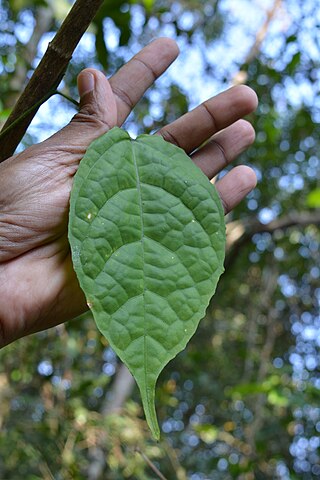
Miquelia is a genus of plants in the family Icacinaceae found in tropical India, Southeast Asia, and the Philippines.

Brefeldia is a genus of slime molds in the family Amaurochaetaceae.
















